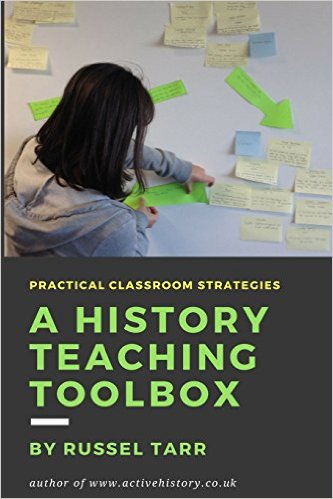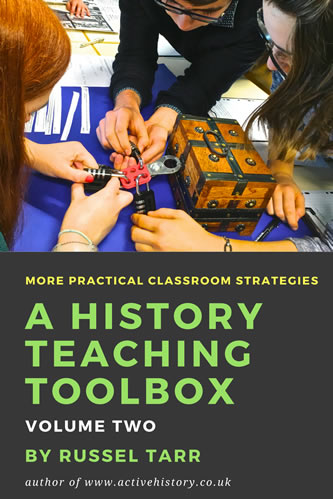A worksheet for Year 7 History Students of Medieval Realms. Students go through their notes on each of the key topics studied this year and decide which aspects suggest that life was “Good” during this period, and which aspects suggest life was “Bad”. They then write their findings up as an overall conclusion which distinguishes…
Month: October 2008
Place name challenge – knockout competition!
An optional lesson for Year 7 History. Students compete to see which group can come up with the most place names from a particular origin. Any repetition, hesitation or incorrect answers knocks them out of the competition.
Surnames from the British Isles – What do they tell us?
Year 7 Students research the origin of surnames of students / teachers in the school and either plot these on a Google Earth map (if the names originate from places) or in a Diamond9 Diagram from www.classtools.net to distinguish between high-status and low-status professions that existed.
Weimar Germany 1918-21 Quizzes
A new set of quizzes on Weimar Germany 1918-21 for GCSE-Level History. Choose from Manic Miner, Wordshoot, Cannonball Fun or Matching Pairs.
Place names in the British Isles – What do they tell us?
A new worksheet for Year 7 History. Students are given advice on how to spot Celtic, Roman, Norman, Scandinavian and Anglo-Saxon place names, research the meaning of some of the most famous places, then plot a whole series of them on a map to try to identify meaningful patterns.
Podcast Test Post
This is just a test post to determine whether podcasts can be directly uploaded to WordPress Testing.
Year 7 History: Medieval Realms Quizzes
A series of quizzes designed to be used as end-of-year history revision: Manic Miner: Medieval Realms Wordshoot: Medieval Realms Cannonball Fun: Medieval Realms Matching Pairs: Medieval Realms
Everyday Vocabulary – What does it tell us?
A new worksheet for Year 7 History. Why does the English language have so many German, French, Celtic and Scandinavian words within it? An original way of looking at the waves of immigration that have characterised British history in the past 1000 years.
Starter Activity: Arguments of the Anti-Abolitionists
Students read an extract from the “Gentleman’s Magazine” of 1789 and underline all the arguments the writer puts forward in defence of the slave trade, the considers how these arguments could feasibly be challenged.
Medieval Realms: Play Your Dates Right Revision Quiz
A new interactive challenge in the “Play your cards right” format designed to develop chronological understanding.
The Slave Trade – Test
Students are provided with a selection of possible questions in the GCSE Paper 1 format (a. Describe, b. Explain, c. Assess). They are told that one of these three-part questions will be set as the end of unit assessment – it is up to the teacher which to choose!
Medieval Realms: Interactive Revision Newsfeed
A new interactive newsfeed exercise for use with students at the end of year 7 history – a great way of revising the key dates, personalities and themes!
Conclusion: How was the Slave Trade Abolished?
Students are presented with a detailed timeline of the process of abolition, and then provided with four different tasks to choose from which will enable them to make sense of the information. Students can choose one or a combination of these tasks to complete.
The Balloon Debate – Who was the most important abolitionist?
Each student is allocated a different character to research and to produce a wiki about. The class then has a balloon debate over several rounds to determine the overall winner. The debate from students at the International School of Toulouse can be seen here.

